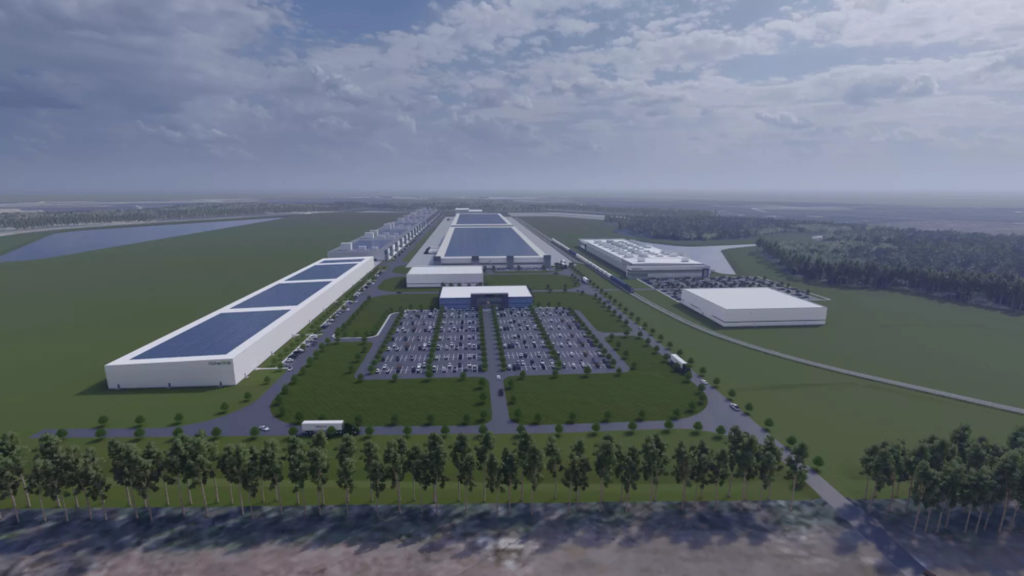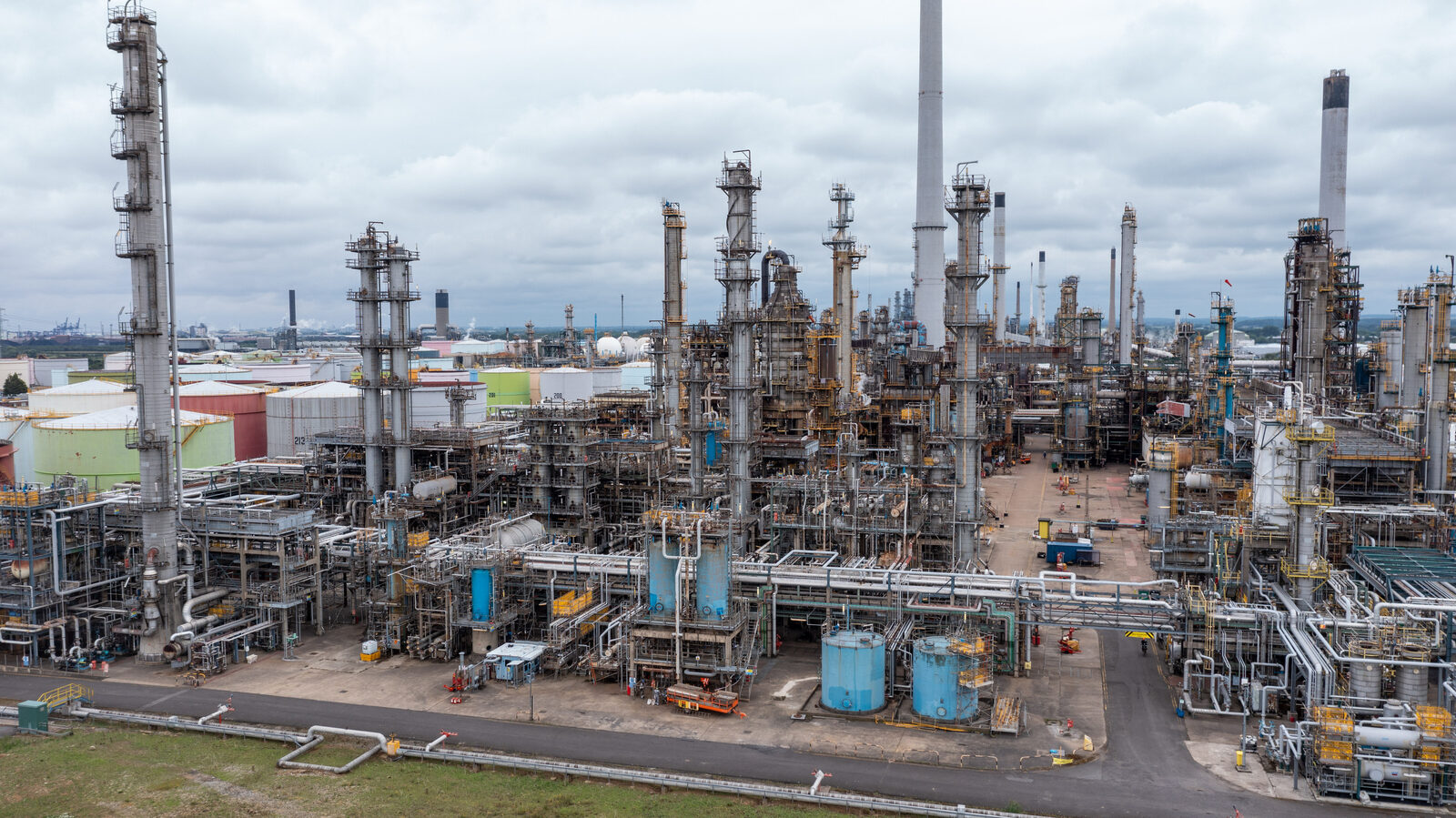US ‘battery belt’ widens with $3.5 billion Redwood Materials plant

With demand for electric cars soaring, America desperately needs a new battery supply chain. It appears to be coming.
Redwood Materials Inc., started by Tesla co-founder J.B. Straubel, said Wednesday that it will spend $3.5 billion to develop a 600-acre site in Charleston, South Carolina, to manufacture enough critical battery components to build more than a million electric vehicles a year. It’s the second announcement of that size in less than a month, following LG Chem’s plans for a materials plant in Tennessee.
Billion-dollar battery factories are popping up just about everywhere along America’s new Battery Belt, which stretches roughly from Michigan to Georgia. Some $15 billion in new manufacturing has been announced in just the last four months, according to BloombergNEF data, but until recently most investments were for manufacturing the battery cells and packs — not the materials they’re made from. Incentives in President Joe Biden’s 2022 Inflation Reduction Act (IRA) are only just beginning to accelerate those investments.
“The industry is changing crazy fast,” Straubel said in an interview. “Every battery factory that’s coming is a huge win for the country and for electrification. But we need a supply chain in order to really keep the economic benefit in the country.”
Straubel left Tesla in 2019 in order to address the gap between demand for electric vehicles and the availability of materials needed to make them. Redwood quickly became the biggest lithium-ion battery recycler in the US, before branching out into anode and cathode production in Nevada. The South Carolina factory will perform all of the same work, with recycled materials accounting for about half of the metals that go into anode and cathode production. Redwood will also buy virgin materials, some of which will be refined onsite.
Every EV battery has two electrodes — a cathode and an anode — between which trillions of charged lithium atoms travel. The cathode is the biggest factor in a battery’s performance, cost and environmental footprint. Cathode material today is produced almost entirely in Asia, but that’s about to change.
Redwood’s other cathode factory, in Nevada, will begin producing material in 2024. In November, LG Chem announced a $3.2 billion cathode factory that will be built in Clarksville, Tennessee, and begin production in 2025. Redwood plans to start construction in South Carolina in the first quarter of 2023 and begin recycling operations by the end of the year. Each of the three new factories plans to produce more than 100,000 tons of cathode annually. To put that in perspective, the entire US cathode industry today produces less than 50,000 tons, according to BloombergNEF.
Manufacturing at the South Carolina facility will be powered entirely by clean energy, using a combination of onsite solar panels and renewable power provided by the local grid, according to Redwood. There will be no natural gas connections to the site. This will help reduce carbon dioxide emissions by 80% compared to the supply chain coming from Asia, the company said.
Straubel said Redwood’s investment in South Carolina, which will take place over the next decade, should be considered a starting point. The site was chosen with the intention to expand production plans as much as fourfold in the future. Across all of its factories, Redwood plans to produce enough materials for a million EVs a year by 2025 and 5 million EVs a year by 2030. The company says it has agreements with Ford, Toyota, Volvo and Nissan’s battery cell maker Envision AESC, among others.
Redwood has been looking at factory sites for more than a year, but Straubel said the urgency from customers increased with the IRA, which includes incentives for manufacturers as well as domestic battery-sourcing requirements for consumer subsidies. The legislation made expansion in Europe less of a priority. The new site’s proximity to the Port of Charleston could eventually allow Redwood to export cathode and anode material overseas.
“The Inflation Reduction Act is really starting to get traction across the industry,” Straubel said. “The pace of battery manufacturing announcements is really accelerated. It feels like there’s at least one a week — these are the sort of things that would have been on the scale of one every five years just a couple of years ago.”
(By Tom Randall)
{{ commodity.name }}
{{ post.title }}
{{ post.date }}

Comments